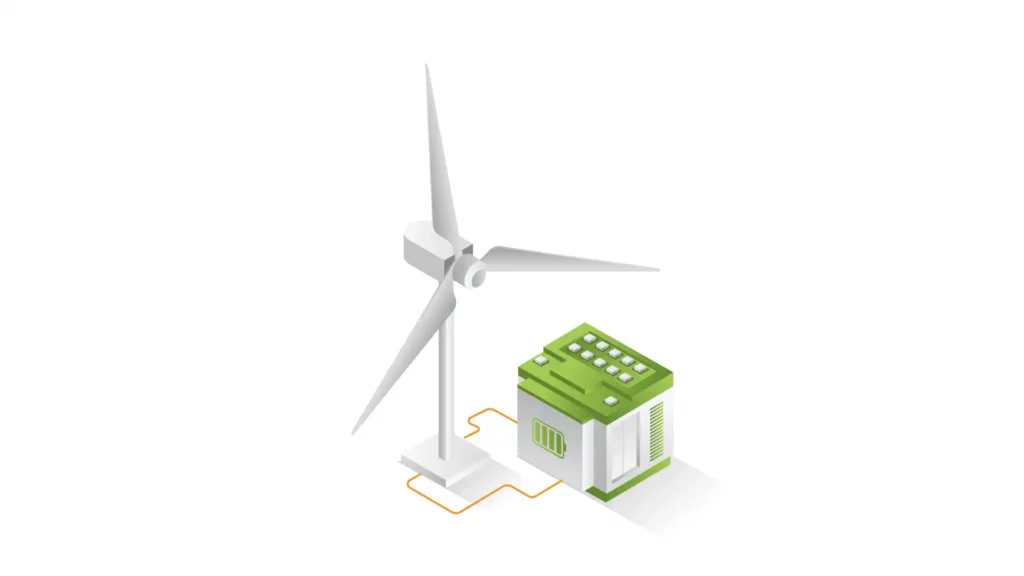In today’s energy landscape, the transition towards more sustainable and renewable sources of power is not just a trend; it’s a global imperative. Among the leading actors in this green revolution, wind power emerges as a key player, offering a clean, abundant, and increasingly cost-effective energy alternative.
However, the intermittent nature of wind, much like solar power, poses a significant challenge to its integration into the energy grid. This is where Wind Power Energy Storage steps in, serving as a critical solution to ensure the reliability and stability of wind energy.
In this guide, we delve deep into the world of Wind Power Energy Storage, exploring its importance, technologies, challenges, and future prospects, ensuring that our journey towards a sustainable future is both informed and efficient.
Understanding Wind Power Energy Storage
Wind Power Energy Storage refers to the methods and technologies used to store the electrical energy generated by wind turbines during periods of high production for use at times when wind generation decreases or demand increases.
This capability is crucial for balancing supply and demand, enhancing grid stability, and maximizing the utility of wind energy.
Why Wind Power Energy Storage is Essential
The essence of Wind Power Energy Storage lies in its ability to mitigate the variability and unpredictability of wind.
By storing excess energy produced during windy conditions, power providers can release this stored energy during calm periods or peak demand times, thus ensuring a steady and reliable energy supply.
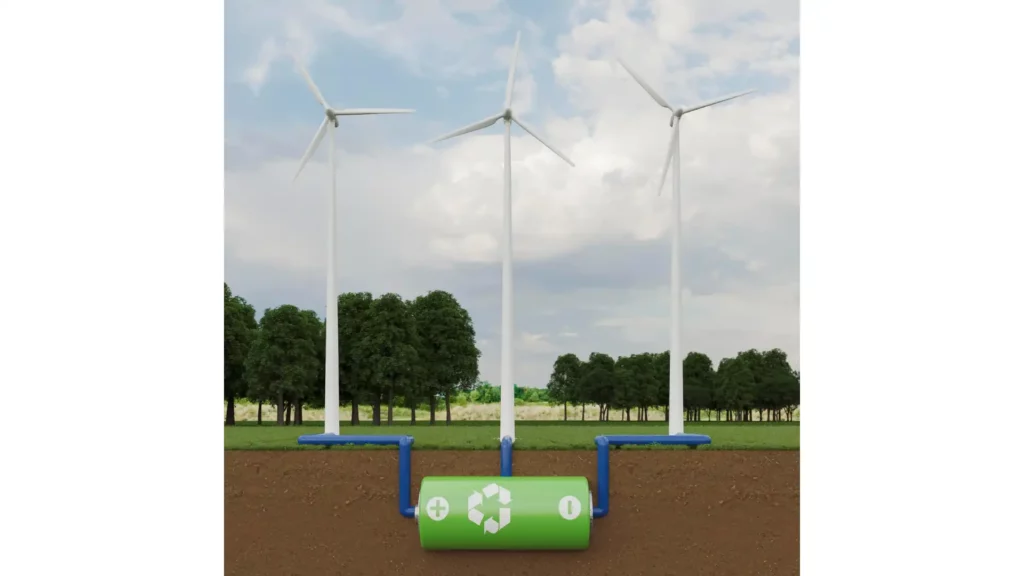
Benefits of Wind Power Energy Storage
Wind Power Energy Storage (WPES) systems are pivotal in enhancing the efficiency, reliability, and sustainability of wind energy, transforming it from an intermittent source of power into a stable and dependable one.
Here are the key benefits of Wind Power Energy Storage:
- Enhances Grid Stability and Reliability: By storing excess energy generated during high wind periods, wind power energy storage helps maintain a stable and reliable electricity supply, even when wind speeds decrease.
- Reduces Dependency on Fossil Fuels: Storage allows for a greater integration of wind energy into the power grid, reducing the need for fossil fuel-based power plants and decreasing greenhouse gas emissions.
- Improves Energy Security: By diversifying the energy supply with renewable sources like wind, energy storage enhances national energy security and reduces vulnerability to fossil fuel market volatility.
- Facilitates Renewable Integration: Wind power energy storage addresses the variability of wind energy, making it easier to integrate into the energy system and ensuring that the generated power does not go to waste.
- Supports Demand-Side Management: Energy storage systems can release stored wind energy during peak demand periods, helping to balance supply and demand without relying on peaker plants, which are often expensive and polluting.
- Increases Economic Efficiency: By enabling wind farms to store and sell power during peak demand when prices are higher, energy storage improves the economic viability of wind power projects.
- Promotes Environmental Sustainability: Wind power energy storage contributes to a reduction in carbon footprint and other environmental impacts associated with conventional electricity generation, supporting global sustainability goals.
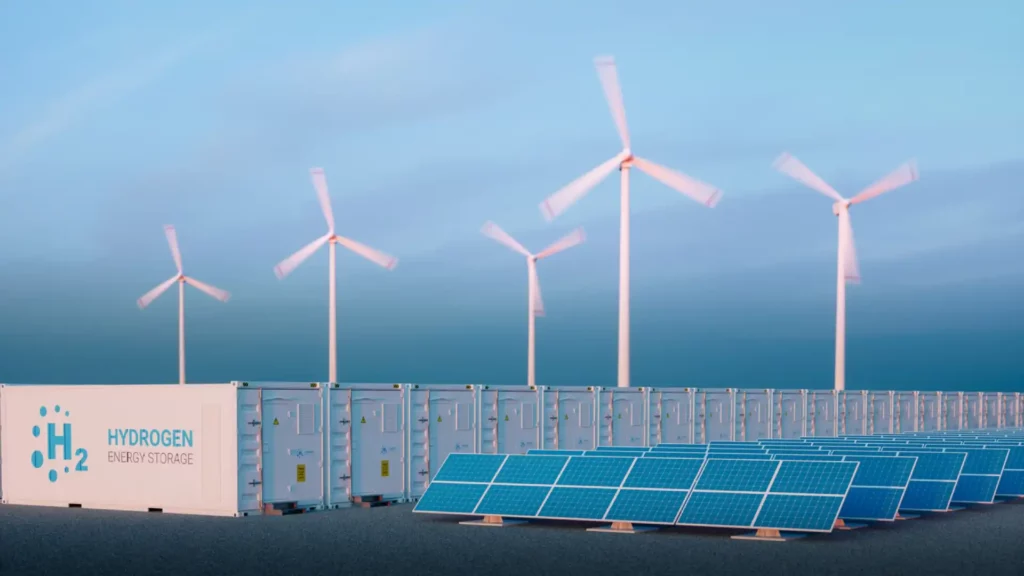
Technologies Behind Wind Power Energy Storage
Several technologies are at the forefront of Wind Power Energy Storage, each with its unique advantages and applications. Let’s explore the most prominent ones.
- Battery Storage Systems
Battery storage, particularly lithium-ion batteries, plays a pivotal role in Wind Power Energy Storage. These systems are renowned for their efficiency, scalability, and declining costs, making them a popular choice for storing wind energy.
- Pumped Hydroelectric Storage
Pumped hydroelectric storage, one of the oldest and largest-scale storage technologies, involves pumping water to a higher elevation during surplus energy production periods and releasing it through turbines to generate electricity when needed.
- Compressed Air Energy Storage
Compressed Air Energy Storage (CAES) is another innovative approach, where excess electricity is used to compress air in underground caverns, which is then released to power turbines when energy is needed.
- Flywheel Energy Storage
Flywheel systems store energy in the form of rotational kinetic energy. These systems are known for their rapid response times and high power output, albeit for shorter durations, making them ideal for grid stabilization.
- Hydrogen Storage
Hydrogen storage represents a forward-looking aspect of Wind Power Energy Storage. In this method, surplus wind energy is used to power electrolysis, splitting water into hydrogen and oxygen.
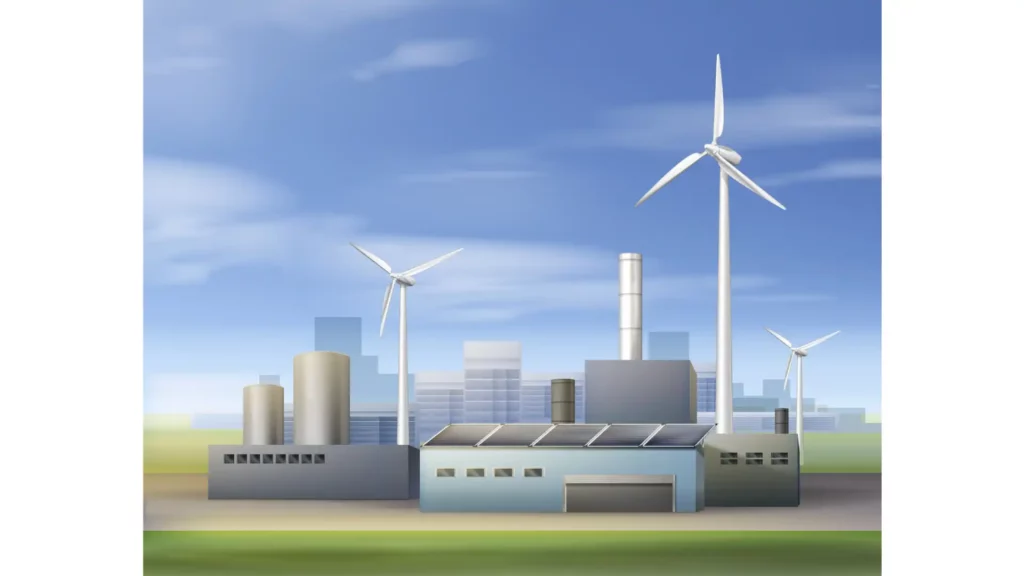
Harnessing the Power of Urban Wind Energy
Urban areas pose challenges and opportunities for renewable energy with high population densities and energy demands. Urban wind energy offers a sustainable solution to meet local electricity needs amidst the bustling streets and concrete jungles.
By placing wind turbines in cities on buildings, streets, or parks, cities can utilize wind resources efficiently. Vertical-axis wind turbine (VAWT) technology enables cities to harness urban wind energy in areas with complex wind patterns and limited space.
Urban wind energy is key for cities aiming for energy independence and environmental sustainability, shaping future urban landscapes.
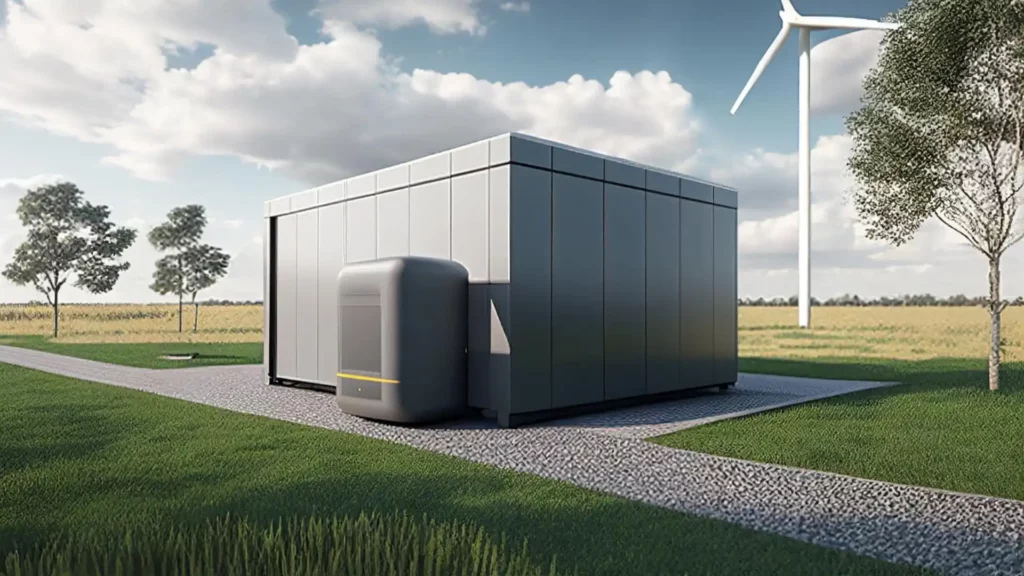
Maximizing Output with Wind Energy 10kW Turbines
Harnessing wind energy 10kW turbines presents an efficient and scalable solution for decentralized power generation. Here's how this technology empowers communities and businesses to tap into the abundant resources of wind:
- Accessible Renewable Energy: 10kW turbines offer an accessible option for small-scale wind energy projects, making renewable power generation achievable for residential properties, farms, and small businesses.
- Cost-Effective Deployment: These turbines require less investment compared to their larger counterparts, making wind energy more financially feasible for a broader range of consumers and businesses.
- Distributed Generation: Ideal for distributed generation setups, 10kW turbines reduce transmission losses and enhance grid resilience by generating power close to where it's consumed.
- Scalable and Modular: The modular design allows for easy scalability, catering to varying energy demands, whether for individual properties or community microgrids.
- Environmental Benefits: By harnessing wind power, these turbines contribute to reducing greenhouse gas emissions and minimizing environmental impact compared to fossil fuel-based generation.
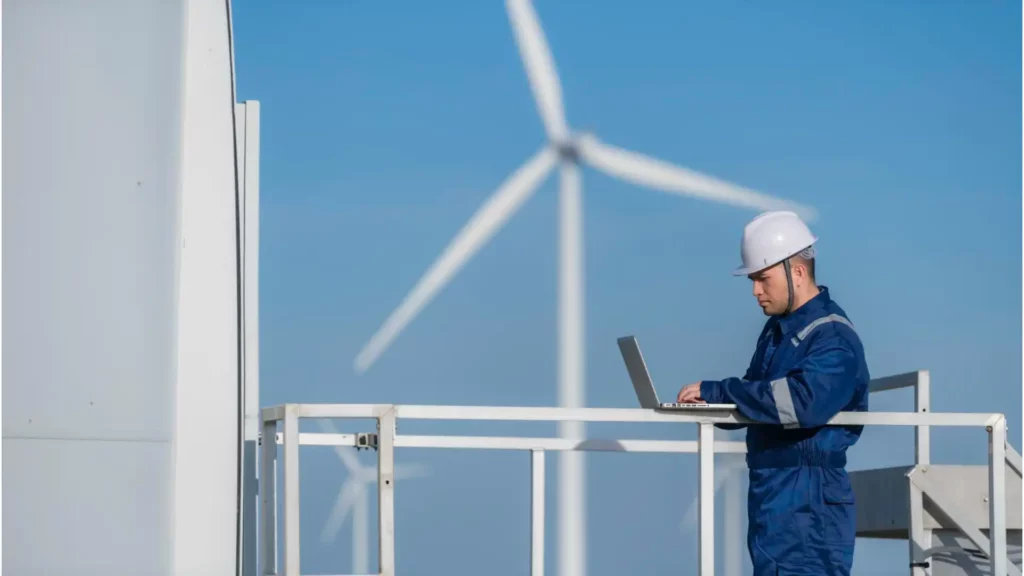
Maximizing Wind Energy Installation Efficiency
Efficient wind energy installation practices are paramount to realizing the full potential of wind power as a clean and renewable energy source.
Here, we explore key strategies and considerations for optimizing the installation process, ensuring that wind farms deliver maximum energy output while minimizing costs and environmental impact.
- Site Selection and Assessment:
- Choosing Optimal Locations: Prioritize sites with consistent and strong wind resources, typically found in coastal areas, plains, or mountain passes.
- Thorough Site Surveys: Conduct detailed assessments of wind patterns, terrain, environmental impact, and proximity to existing infrastructure to identify suitable locations for wind energy installation.
- Advanced Turbine Technology:
- Utilizing State-of-the-Art Turbines: Invest in modern turbine designs equipped with advanced features such as larger rotor diameters, taller towers, and improved aerodynamics to capture more wind energy.
- Innovative Blade Design: Select turbines with optimized blade designs that enhance efficiency and performance across a wide range of wind speeds.
- Streamlined Installation Processes:
- Efficient Logistics and Planning: Implement streamlined logistics and installation planning to minimize downtime and optimize resource utilization during construction.
- Prefabrication and Modularization: Utilize prefabricated components and modular construction techniques to accelerate installation timelines and reduce on-site assembly requirements.
- Robust Infrastructure and Grid Integration:
- Investing in Grid Infrastructure: Ensure that grid infrastructure can accommodate the additional capacity from new wind energy installations, minimizing transmission constraints and grid instability.
- Smart Grid Integration: Implement smart grid technologies to enhance grid flexibility and enable seamless integration of variable wind power output into the energy system.
- Environmental Considerations and Mitigation:
- Environmental Impact Assessments: Conduct comprehensive environmental impact assessments to identify potential risks to wildlife, habitats, and local ecosystems.
- Implementing Mitigation Measures: Implement mitigation measures such as habitat restoration, wildlife monitoring, and noise abatement to minimize the ecological footprint of wind energy installations.
- Community Engagement and Stakeholder Consultation:
- Engage Local Communities: Foster open communication and collaboration with local communities and stakeholders throughout the wind energy installation process to address concerns, build support, and ensure project acceptance.
- Providing Economic Benefits: Highlight the economic benefits of wind energy projects, including job creation, tax revenue, and local investment, to garner community support and acceptance.
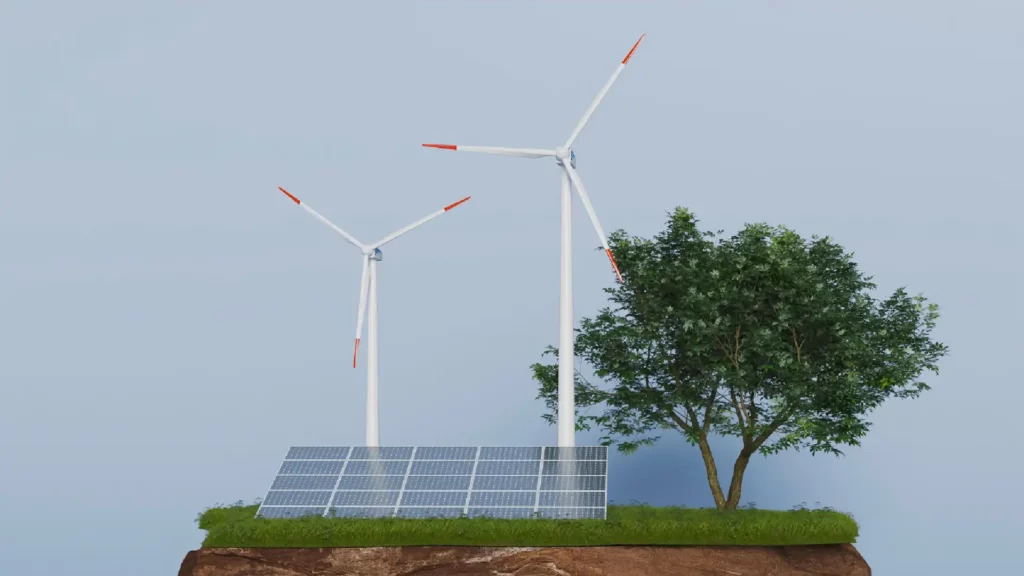
Addressing Wind Energy Curtailment
Wind energy curtailment limits the potential of renewable resources due to grid constraints or low demand. Excess electricity from wind farms is wasted when the grid can't handle it.
This leads to lost revenue and inefficiency in the renewable energy sector. To address this, innovative solutions like grid management techniques and energy storage are crucial.
By reducing curtailment, we can maximize the benefits of wind power for a sustainable energy future.
The Future of Wind Power Energy Storage
The future of Wind Power Energy Storage looks promising with transformative advancements and substantial investments set to revolutionize how we utilize wind energy.
Technological innovation, environmental imperatives, and a global shift toward sustainability are driving this evolving field toward a major leap forward.
- Technological Breakthroughs and Advancements
Wind power energy storage is advancing rapidly due to technological innovations in battery technologies like lithium-ion. Research into alternative chemistries such as solid-state and flow batteries offer even greater efficiency and environmental benefits, crucial for storing wind-generated electricity effectively.
- Emergence of New Storage Methods
Innovation in Wind Power Energy Storage goes beyond just batteries. New methods like flywheels and pumped hydro storage are being developed. Green hydrogen is also being explored as a storage option by using excess wind power for electrolysis. This can be used in transportation and industry.
- Policy Frameworks and Incentives
Government policies worldwide play a crucial role in shaping the future of Wind Power Energy Storage. Subsidies, mandates, and incentives are being introduced to promote storage technology development and integration with renewable energy. These measures aim to reduce investment risks, attract private sector involvement, and facilitate the large-scale deployment of storage solutions.
- Investment and Financing
Increasing investments in Wind Power Energy Storage demonstrate its high potential. Venture capital, public funding, and strategic investments are fueling growth and innovation in storage solutions worldwide.
- Integration with the Grid and Energy Markets
As storage tech advances, smart grid systems and energy management tools are being refined to maximize the use of stored wind power. Regulatory changes are also being made to support the integration of wind energy into flexible markets.
- Global Impact and Sustainability Goals
Wind Power Energy Storage is crucial for a sustainable energy future, reducing reliance on fossil fuels and combating climate change. It also supports international sustainability goals, promoting energy security, economic development, and environmental preservation.
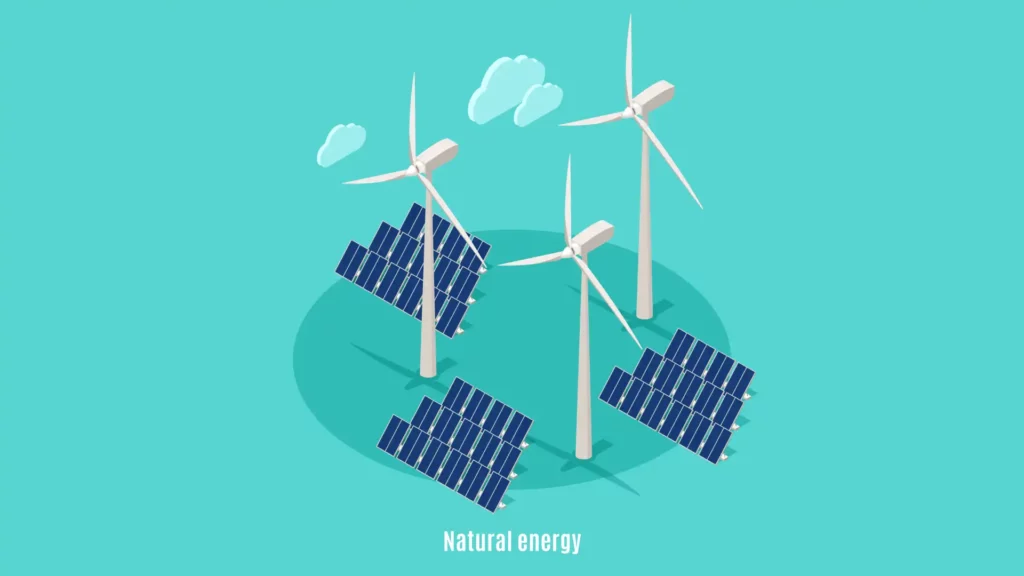
Wind Energy in Rwanda: Harnessing Sustainable Power for Development
Rwanda is embracing wind energy to boost its renewable energy efforts, focusing on regions like the Western and Northern provinces with ample wind resources. This shift aims to reduce dependence on fossil fuels and promote sustainability.
Wind energy in Rwanda presents a compelling opportunity to not only enhance energy security but also drive economic growth and mitigate climate change impacts
Through strategic investments in wind farm projects and supportive policies aimed at promoting renewable energy development, Rwanda is poised to emerge as a regional leader in sustainable energy transition.
FAQs on Wind Power Energy Storage
What is Wind Power Energy Storage?
Wind Power Energy Storage involves capturing the electrical power generated by wind turbines and storing it for future use. This process helps manage the variability of wind power and ensures a steady and reliable energy supply, even when wind conditions are not favorable.
How do wind energy royalties work in the context of renewable energy projects?
Wind energy royalties entail payments made by developers to landowners or governments for the use of land or airspace for wind turbine installations. These royalties serve as compensation for land use and provide a sustainable revenue stream for local communities. By establishing fair and transparent royalty agreements, Rwanda can ensure equitable benefit-sharing and foster support for wind energy projects among landowners and stakeholders.
What role does wind rose energy analysis play in optimizing wind farm performance?
Wind rose energy analysis involves evaluating wind data represented in wind rose diagrams to identify optimal turbine placement within a wind farm. By analyzing wind speed and direction frequencies over time, developers can strategically position turbines to maximize energy capture efficiency. Incorporating wind rose analysis into project planning enables data-driven decision-making, enhancing the reliability and profitability of wind energy installations in Rwanda.
How can innovative concepts like wind wall energy contribute to enhancing wind farm performance?
Wind wall energy explores the use of physical barriers or structures to redirect and concentrate wind flow, thereby increasing wind speeds and enhancing energy generation potential. By mitigating turbulence and wind shear effects, wind walls can improve turbine performance and operational efficiency. Research and development into wind wall technologies offer promising opportunities to optimize energy production in Rwanda's wind-rich regions and overcome wind resource limitations.
How Long Can Wind Energy Be Stored?
The duration for which wind energy can be stored depends on the storage technology used. Batteries can store energy for hours or days, while pumped hydro and compressed air energy storage can store energy for longer periods, ranging from days to weeks.
Is Wind Power Energy Storage Environmentally Friendly?
Yes, wind power energy storage is environmentally friendly as it enables the increased use of renewable wind energy, reducing reliance on fossil fuels and lowering greenhouse gas emissions. However, the environmental impact of the storage technology itself varies and is subject to ongoing improvements.
How Can Wind Power Energy Storage Be Integrated into the Grid?
Integrating wind power energy storage into the grid involves connecting storage systems to the electricity network, where they can either store excess power from the grid or supply electricity back to the grid as needed. This requires coordination with grid operators and investment in grid infrastructure.
What Are the Challenges Facing Wind Power Energy Storage?
Challenges include high initial costs, technological limitations, infrastructure development needs, regulatory barriers, and environmental and social impacts. Ongoing research and policy support are addressing these challenges to improve the feasibility and efficiency of wind power energy storage.
What is the Future of Wind Power Energy Storage?
The future of wind power energy storage looks promising, with continuous advancements in technology, decreasing costs, and increasing support from governments and the energy industry. It is expected to play a crucial role in the global transition to renewable energy, providing a reliable and flexible power supply.
Wind Power Energy Storage Conclusion
Wind Power Energy Storage is not just a technical necessity; it’s a key enabler of the renewable energy transition, ensuring that the clean, green power generated by the wind can be harnessed to its fullest potential.
As we advance, the development and deployment of efficient storage technologies will be paramount in our quest for a sustainable energy future.
Through innovation, investment, and international cooperation, Wind Power Energy Storage will continue to play a critical role in shaping a resilient, reliable, and renewable energy landscape.

